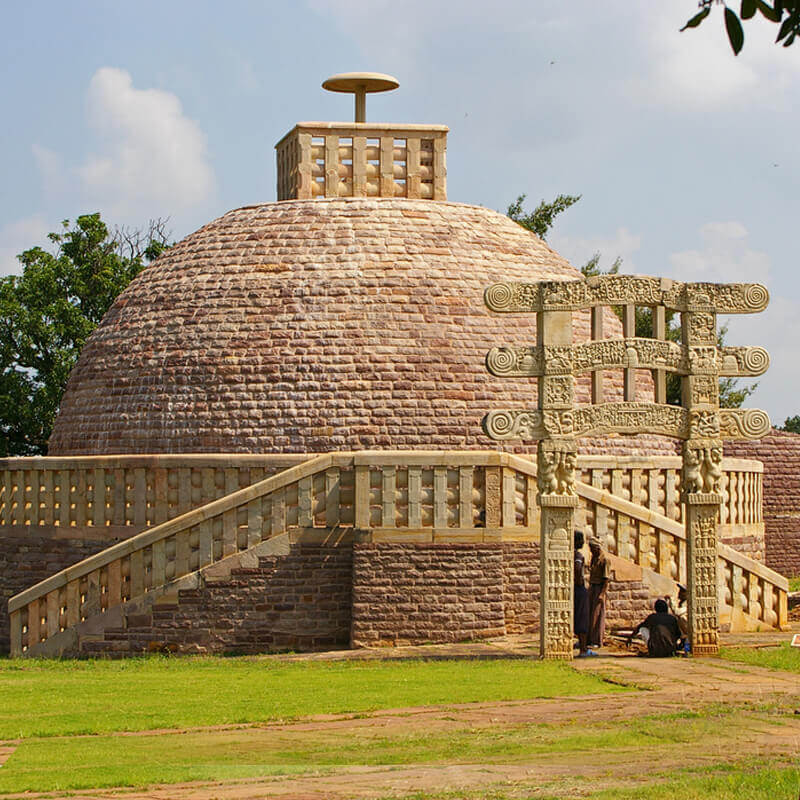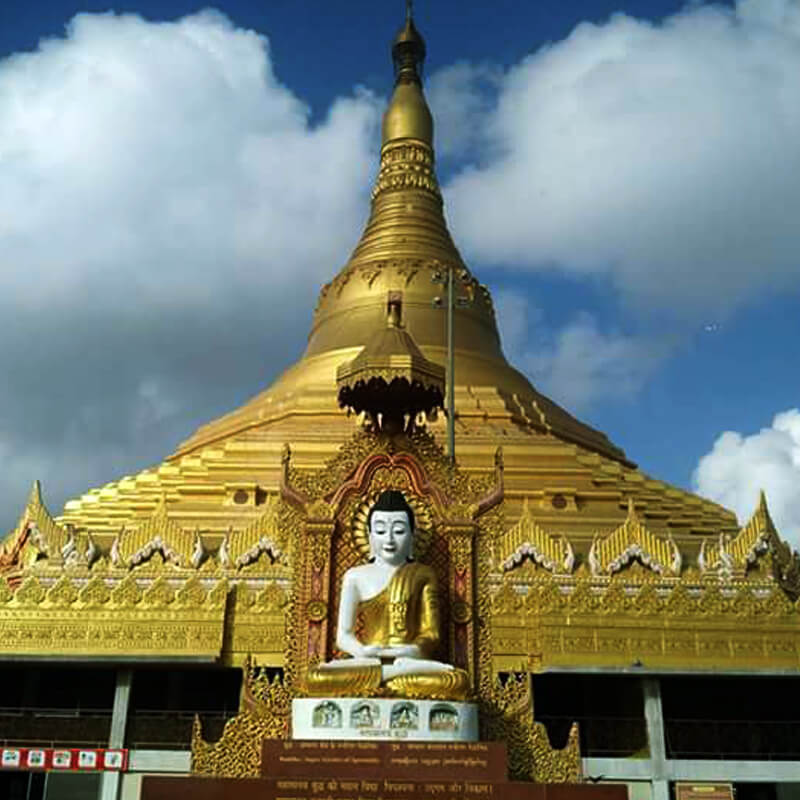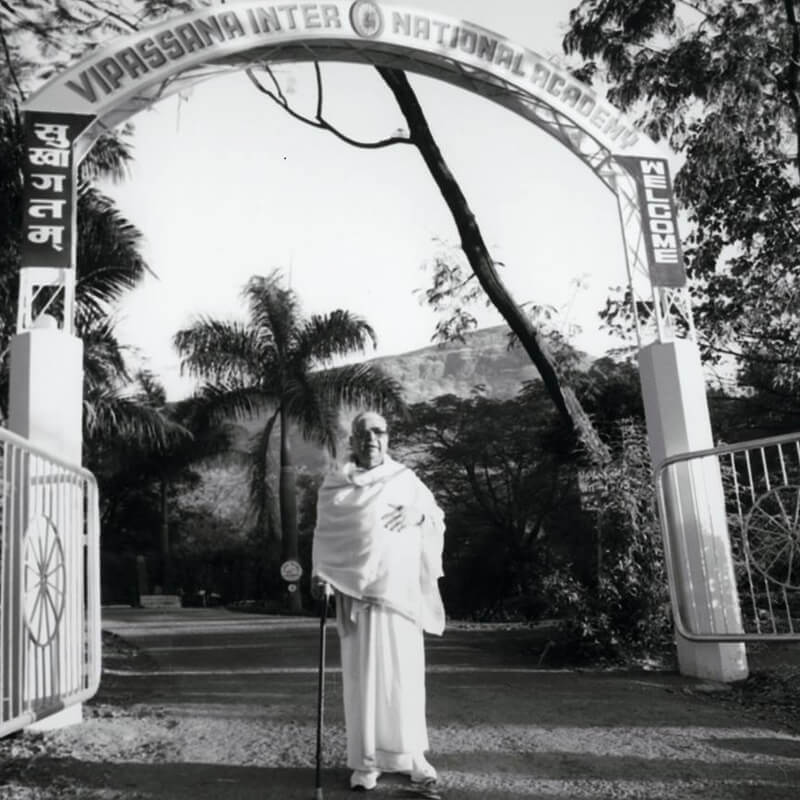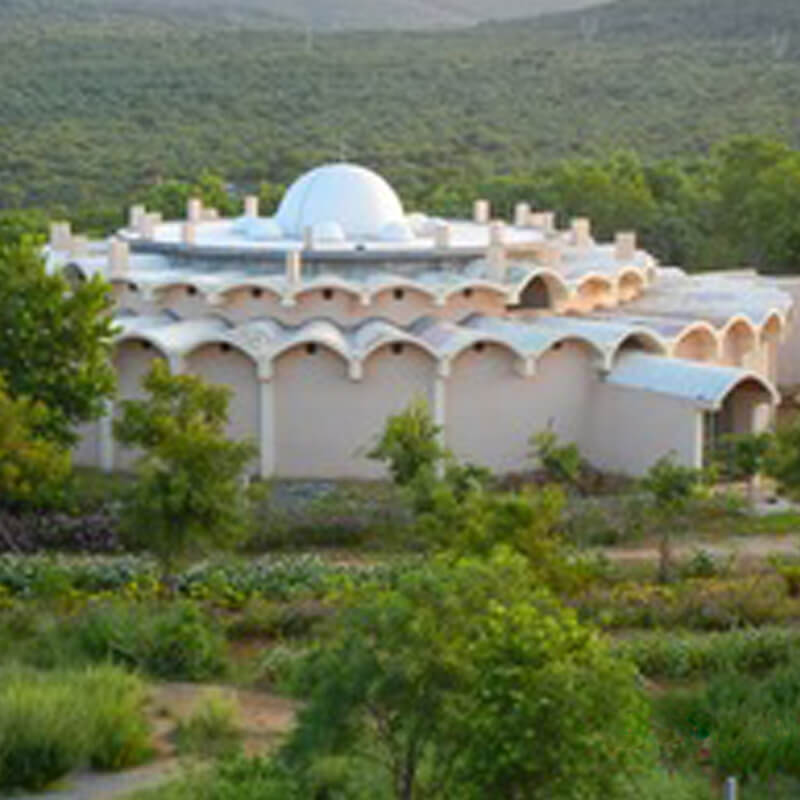Spread of Vipassana in Ancient Times
चरथ, भिक्खवे, चारिकं बहुजनहिताय बहुजनसुखाय लोकानुकम्पाय अत्थाय हिताय सुखाय देवमनुस्सानं। मा एकेन द्वे अगमित्थ। देसेथ, भिक्खवे, धम्मं आदिकल्याणं मज्झेकल्याणं परियोसानकल्याणं सात्थं सब्यञ्जनं केवलपरिपुण्णं परिसुद्धं ब्रह्मचरियं पकासेथ। सन्ति सत्ता अप्परजक्खजातिका, अस्सवनता धम्मस्स परिहायन्ति। भविस्सन्ति धम्मस्स अञ्ञातारो।"
-Go your ways, oh monks! for the benefit and happiness of many, out of compassion for the world, for the good, benefit, and happiness of gods and men. Let no two go in the same direction. Teach, oh monks, the Dhamma, which is beneficial in the beginning, in the middle, and at the end - both the spirit and the letter of it. Make known the Noble Life, which is fully complete (requiring no addition) and pure (requiring no subtraction). There are beings with only a little dust in their eyes who will be lost unless they hear the Dhamma. Such persons will understand the truth."-Dutiyā Mārapāsa Sutta, Saṃyutta Nikāya, IV (I).5
With these inspiring words, the Buddha exhorted his first 60 fully liberated (arahant) disciples, to go in different directions, with loving compassion, to teach Vipassana for the benefit of many, for the welfare of many. The Buddha himself compassionately distributed Dhamma throughout northern India, attracting a large number of people.
Even Kings like Bimbisāra, Suddhodana, and Prasenajita received great benefit from their practice of the Dhamma and enthusiastically supported the dissemination of the Buddha’s teaching in their respective kingdoms. Yet the fact remains that the Vipassana spread to the masses not only because of this royal patronage but because of the efficacy of the technique itself.
Emperor Asoka
Two centuries after the Buddha breathed his last, Emperor Asoka, horrified by the bloodshed and sorrow he caused by waging a war against Kalinga, the modern-day Indian state of Orissa, resolved to no longer conquer any kingdom by the force of the sword and to follow the path shown by the Buddha. After practising Vipassana, 'fierce Asoka' got transformed into 'Dhamma Asoka' and was instrumental in spread of Vipassana in India and abroad.
He established cetiyas, or memorials to the Buddha, throughout the length and breadth of his empire, for the teaching of the Dhamma. Out of compassion, he initiated Vipassana teaching in prisons, for the benefit of prison inmates.
Under Asoka’s patronage, fully liberated arahant monks were sent out of northern India to nine different areas to make the Dhamma available to more people. These monks were called Dhamma dūtas (Dhamma messengers). They naturally gave emphasis to the practical aspect of the Dhamma by which they themselves had become free from mental impurities. Filled with love and compassion, they attracted large numbers of people to the path of liberation.
Asoka also sent teachers to as far away as present day Syria and Egypt. He paved the way for coming generations to spread Dhamma to the entire world. His lead was followed by King Kaniśhka who sent teachers to Central Asia and China. From there, Dhamma spread to Korea in the early 4th century AD, and then to Japan. In India, Dhamma Universities—Takkasilā, Nālandā, Vikkamasilā, and others developed, flourished, and attracted learned people from as far away as China. Dhamma also spread throughout South-east Asia.
Large numbers of people started practicing Vipassana in Thailand, Cambodia, Laos, Vietnam, and Indonesia. Tibet also received the Dhamma, through the service of Śāntirakshita, Padmasambhava, Atiśha, and Kamalaśhīla.
Preservation of Dhamma in Myanmar
With the passage of centuries, in some countries, the teachings of the Buddha did not remain in the original, authentic form, as sent by Asoka. But in Myanmar, people preserved the words of the Buddha and the technique of Vipassana meditation in their pristine purity from generation to generation. At least amongst a few, the theory and practice were handed down, from teacher to pupil in its pure form.
Under this rich tradition, Sayagyi U Ba Khin, a senior civil servant from Burma, learnt the technique of Vipassana and out of immense love and compassion, taught to many students. Mr. S. N. Goenka, a wealthy businessman of Indian origin, was one amongst them. After firmly establishing himself in this technique for 14 years, Mr. Goenka was appointed as the principal teacher of Vipassana meditation by Sayagyi U Ba Khin in 1969.
Sayagyi U Ba Khin had a earnest wish that the technique of Vipassana meditation should return in its pristine purity to India. He often used to say, "Myanmar owes a great debt to India which must be repaid; from there has come the jewel of the Dhamma. Today this jewel has been lost in India and is sorely needed. A large number of people in India with good parami (virtues) from the past would willingly accept the jewel of Vipassana."
His most cherished wish got fulfilled when Mr. Goenka returned to India in 1969 to conduct a Vipassana course for his ailing mother and other family members.






